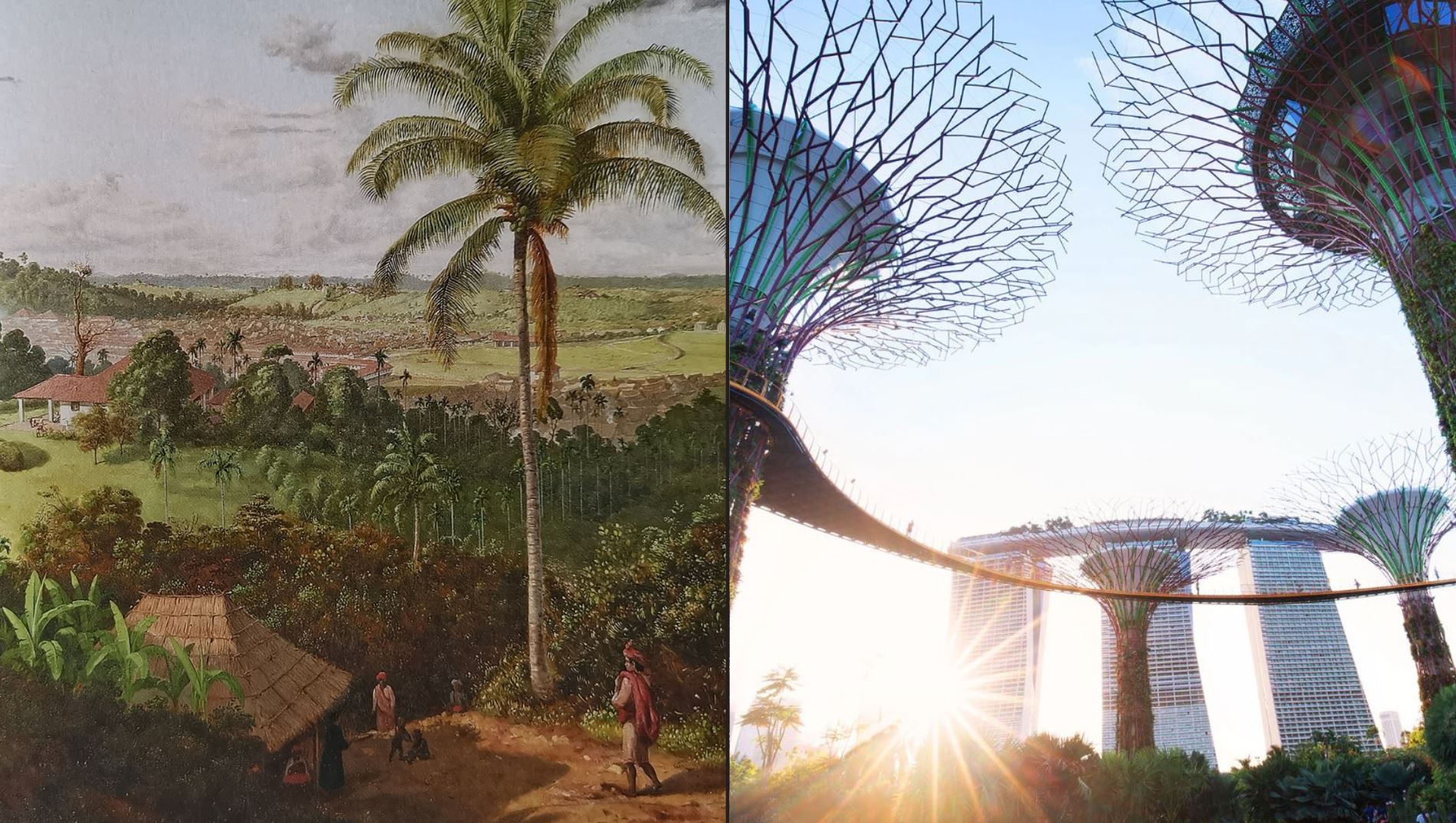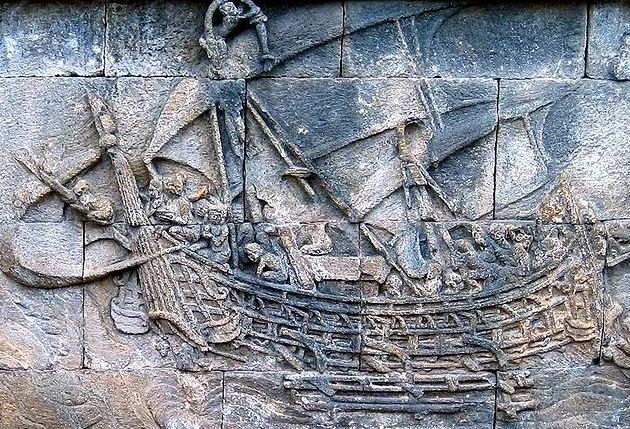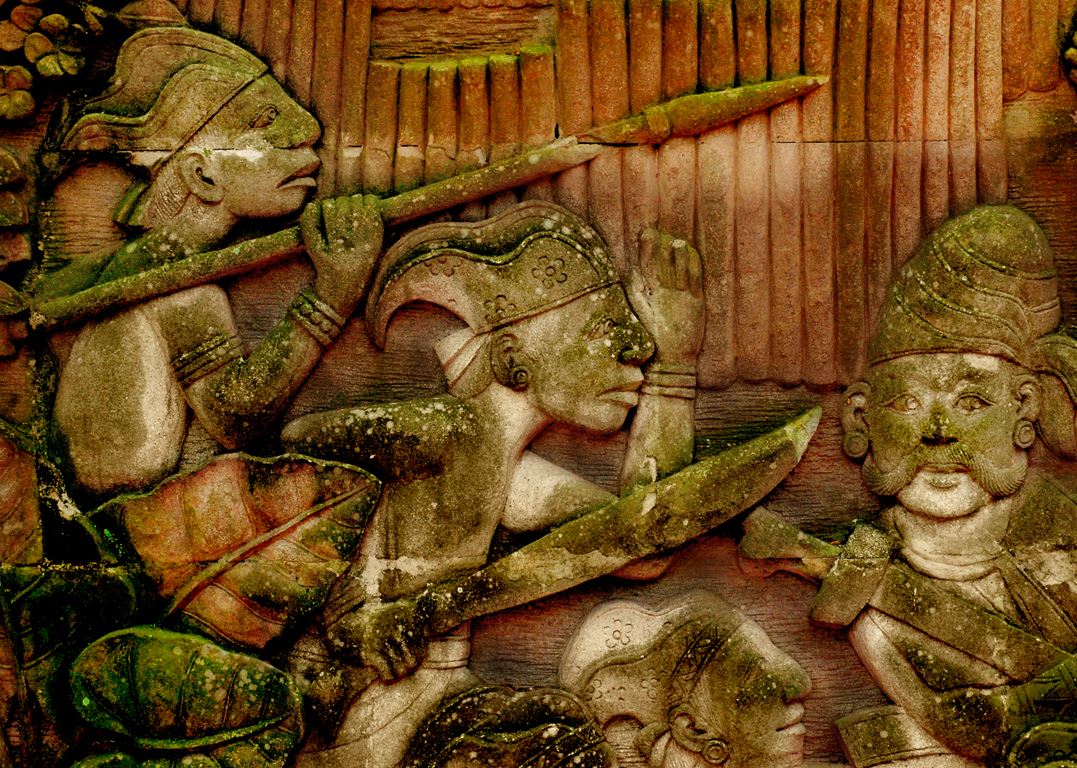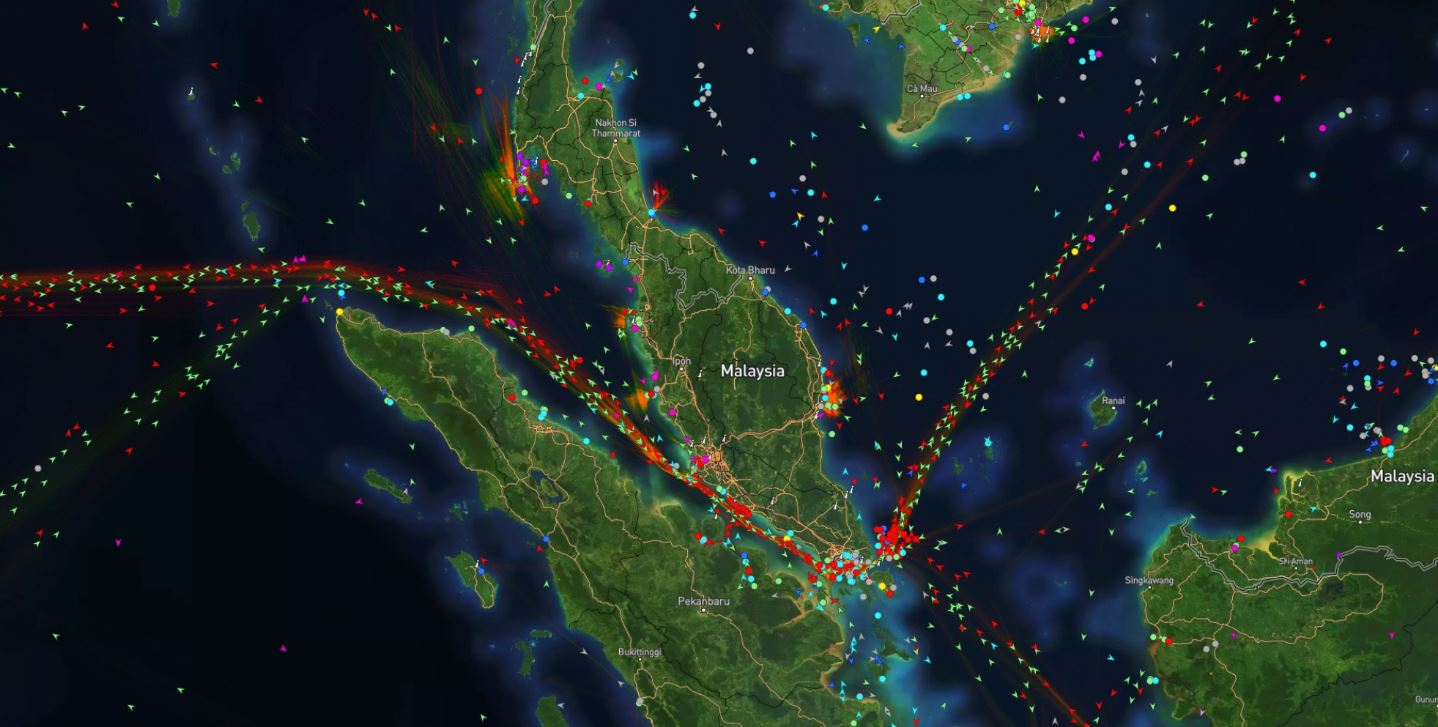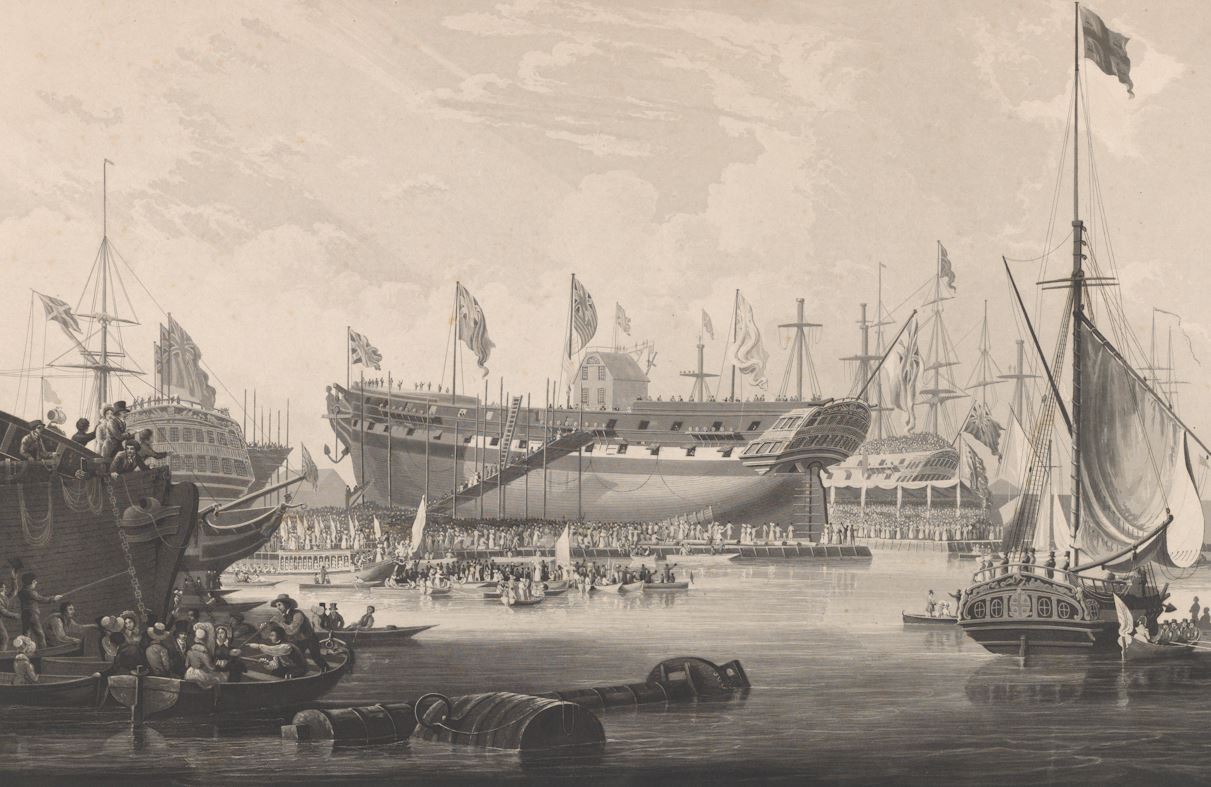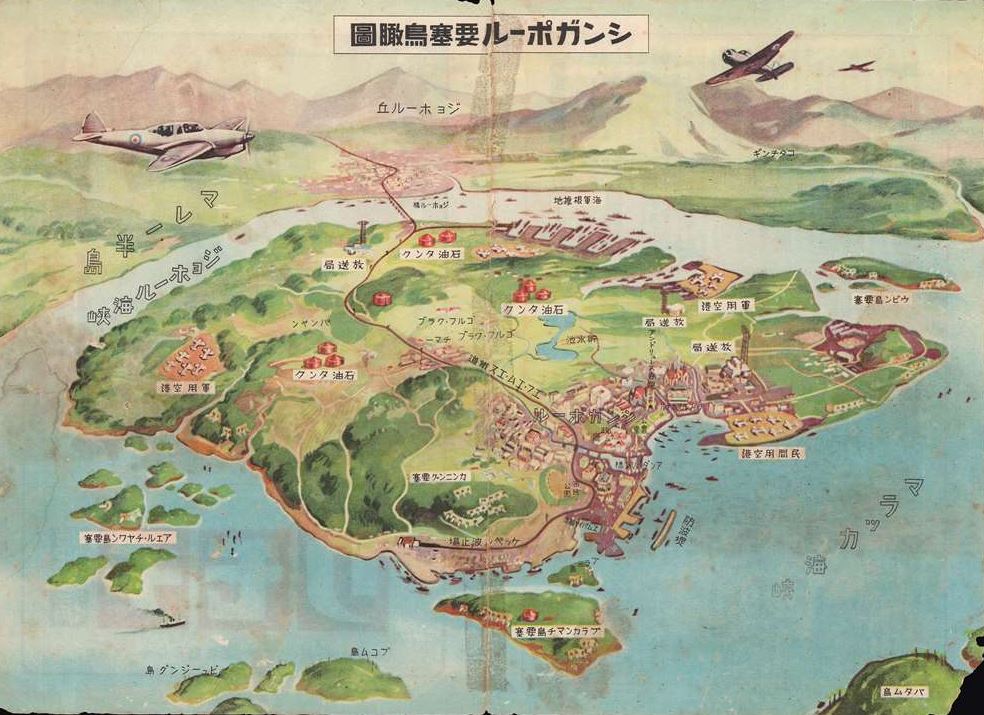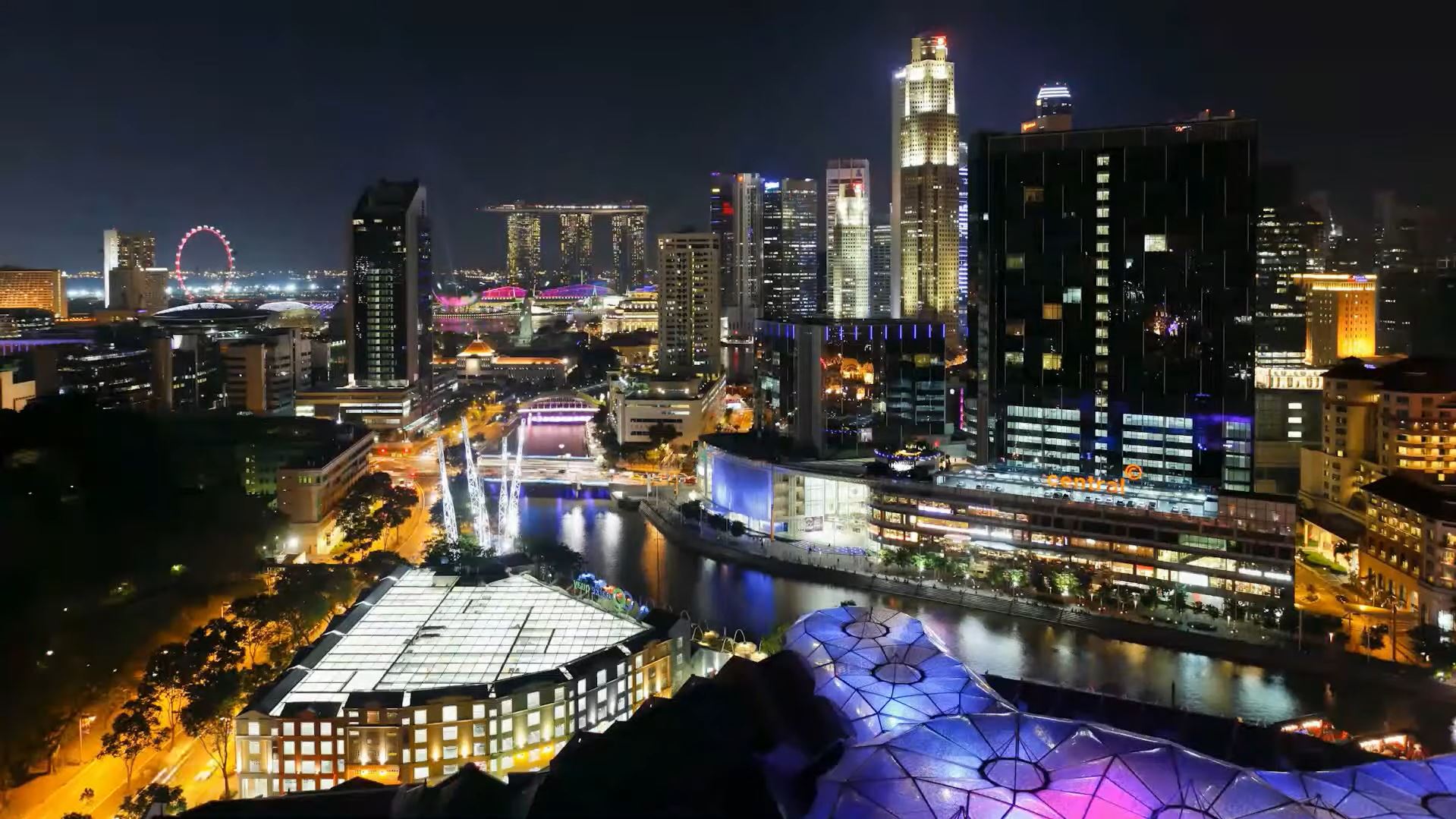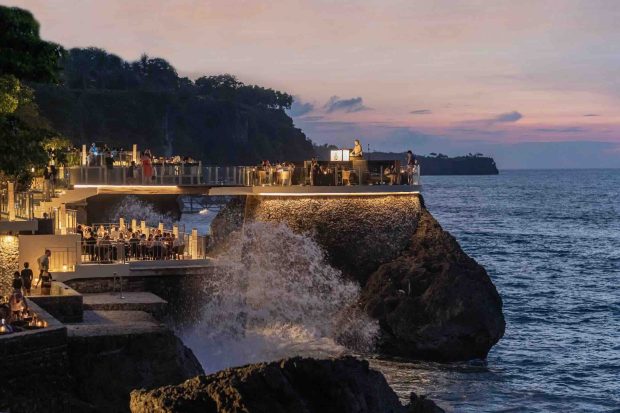Singapore has become one of the most advanced countries in the 21st century, setting a standard that other nations strive to emulate. Its transformation from a simple tropical mangrove to a bustling metropolis didn’t happen overnight.
Pre-11th Century: The Beginnings
Singapore is located at the southern tip of the Malay Peninsula. It is known for its strategic location which makes it a key player in trade. The country includes one main island and several smaller ones.
At the early beginning of the medieval times, around 671 to 1025 CE, the Srivijaya Empire ruled these islands. This empire was heavily involved in trade, like many rulerships that came after it.
Because of its important location near the Indian Ocean, trade helped the empire become rich and famous, not just locally but also with distant as well as neighboring rulers and regions, especially to the north and west.
There’s a story that has been told for centuries about a prince related to Alexander the Great named Sang Nila Utama. He came to the island around 1299 to 1347 CE after a storm and recollected himself on the island.
He built on an already prosperous trading area known as Temasek and renamed the islands “Singapura,” which means “Lion City,” after seeing a lion. Thanks to its great location and trading, early Singapura quickly became a well-known port and became a stronghold and a port known far and wide.
11th-16th Century: The Many Visitors of Early Singapore
One of the first predators to seek plunder from the prosperous Singaporean Islands was the South Indian Chola Empire desiring its strategic location. In 1025-1026 CE, they attacked and took over, looting and pillaging its thriving ports.
After these attacks, Singapore started forming strong connections with China, especially during the Mongol Yuan Dynasty (1279-1368 CE). This relationship brought many visitors, increasing the population and boosting trade.
Later, the Majapahit Empire from Java (1293-1527 CE) and the Kingdom of Ayutthaya to the north wanted to control Singapore’s trade. Slowly these neighboring rulers expanded in their power and eventually clashed for Singapore in many sieges, naval battles, or hand-to-hand combat with Asian swords. The most devastating were the sieges such as the ones in 1330, 1350, and 1398 CE which led to it even being burnt to the ground.
Despite being a wealthy trade hub, these conflicts marked the start of Singapore’s decline, shifting the trade center to the Malacca Sultanate to the northwest.
16-19th Century: The Coming of the Europeans
Malacca turned into the main trading center, bringing cultural, religious, and language changes. It also started a Golden Age because of its extensive trade network, which included Singapore.
However, this Golden Age ended with the introduction of the European Portuguese which at first conquered and set a foothold in Malacca. After conquering Malacca, they eventually moved on and attacked Singapore in 1613, destroying it and greatly contributing to its depopulation.
Following the Portuguese, the Dutch established their trade empire for almost two centuries, which made Singapore a trade hub as previously, but largely exporting goods and transferring them to Europe for their own gain.
British Empire Rulership
This Dutch colonial rule will be replaced and destroyed by the British Empire. Stamford Raffles was the person who established a Trading Post named after the old town – Singapore. He had previously joined the East India Company and mastered the Malay language by the age of 24.
He became the governor of Java and Singapore and brought many changes, such as outlawing slavery and encouraging private property ownership. From 1826 to 1867, Singapore was under the British East India Company, and from 1867 to 1946, it became a British Crown Colony. During this time, Singapore modernized a lot.
The British introduced free trade policies. Also, the opening of the Suez Canal in Egypt boosted trade and attracted many migrants, greatly increasing Singapore’s population. There were no taxes on imports or income, making Singapore a very appealing place for merchants.
19 – 20th Century: Singapore and The World Wars
Singapore modernized and became a high-traffic zone for many foreigners, especially the Chinese, who became the majority who spoke the Malay language. Due to events in China like nationalism, communism, and imperialism, Singapore experienced unrest and instability around the first decades of the 20th century.
Singapore entered World War II and found itself as a target of the Japanese, having started its conquest and plundering around 1942. The British surrendered its positions and Singapore fell into the hands of the Japanese who were strict with anyone they saw as a threat, especially the Chinese, in an event known as “Sook Ching”.
After the war, the British took control again but faced challenges like high unemployment and economic troubles. This led to Singapore becoming independent in 1959, with Lee Kuan Yew as its first prime minister.
In 1963, Singapore briefly joined Malaysia as a state, but it was expelled shortly afterward in 1965, after having seen the many differences that existed between them both in economic and political sense, as well as frequent race riots. Singapore was ejected from Malaysia and remained independent ever since.
Post 20th Century: Modern Singapore
Under Lee Kuan Yew’s remarkable leadership, Singapore transformed from a small, troubled trading island into a prosperous and developed country. With each decade, it grew wealthier and more influential on the global stage.
Lee guided Singapore away from economic disaster to become a powerhouse with a strong, stable economy, very low levels of corruption, and high levels of economic freedom. It became a key player in shipping, finance, and manufacturing, always adapting to global changes.
Today, Singapore stands as a shining example of how visionary leadership and forward-thinking policies can shape a small mangrove island nation into a global economic leader.

